I’m A Golf Historian And These 5 Records Blow My Mind
Fergus Bisset selects the five records and achievements from the history of the game that impress him the most...
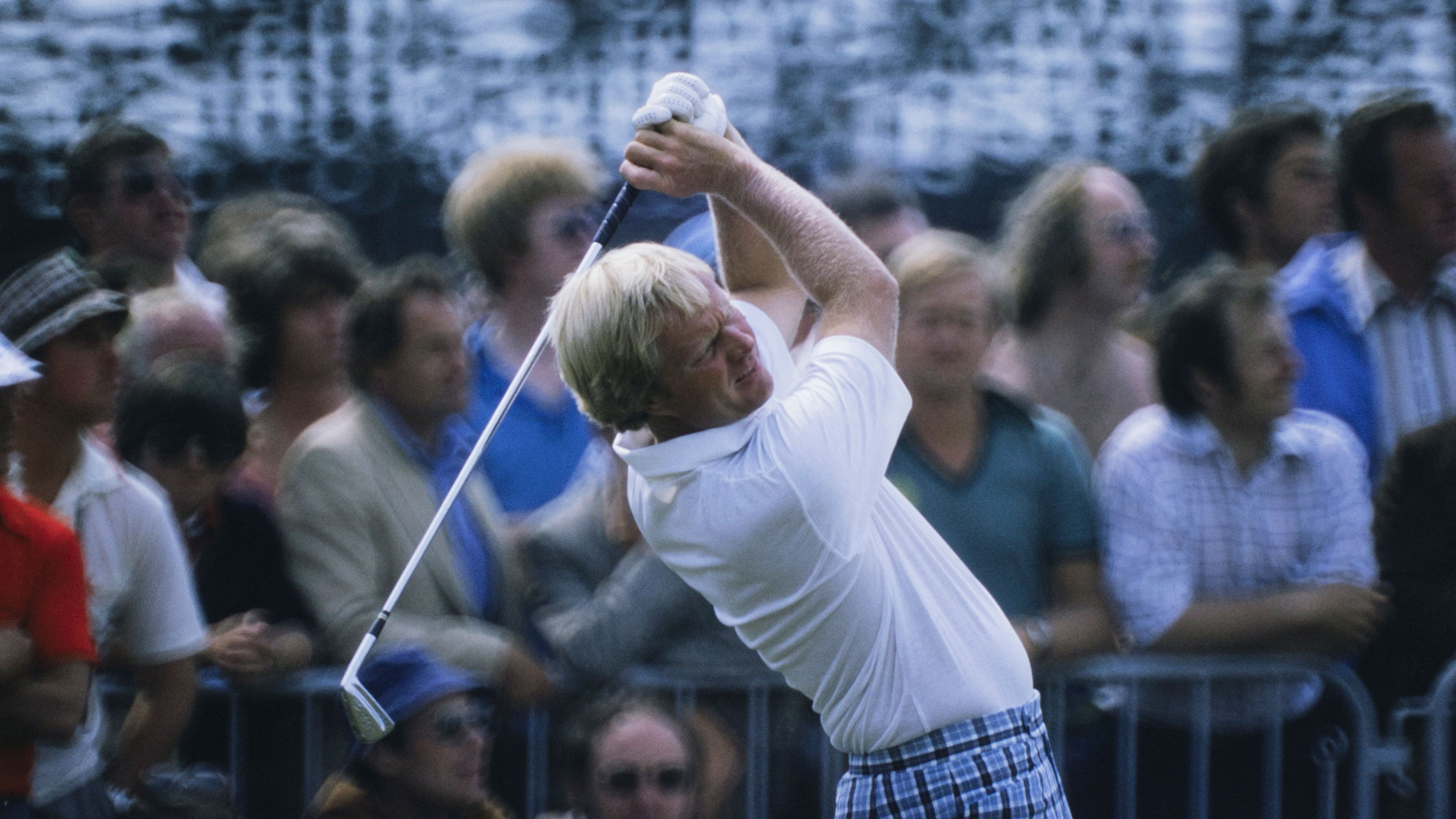

I’ve been writing about the history of golf for some 20 years now and more recently, Golf Monthly Editor Neil Tappin and I have presented a vodcast on the history of the elite game called 18 Majors. There are two series if you haven’t already listened.
In my research for countless articles and for 18 Majors, I’ve found numerous stats, records and achievements to include in things I’ve written. Here below I’ve selected the five that impress me the most.
Phil Mickelson's 26 years inside the world’s top 50
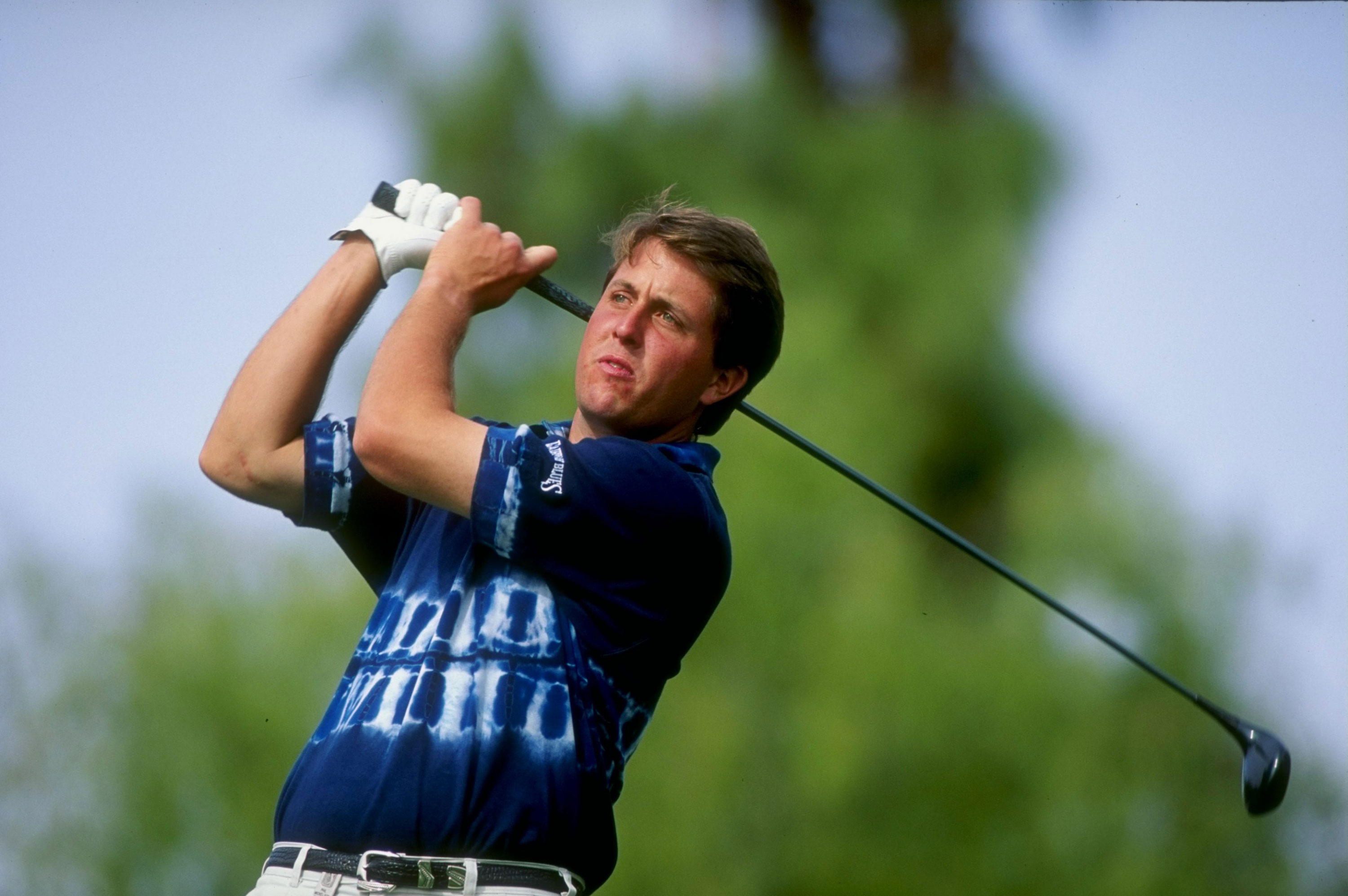
Phil Mickelson in 1993
Phil summed it up when he described it as, “a good run”.
When Phil Mickelson finished runner-up at the Casio World Open on the Japan Golf Tour in November 1993, he entered the world’s top 50 for the first time – and he stayed there for 1,353 straight weeks.
Lefty was 23 years old when he first went into the top 50 and the streak came to an end in November 2019, when Mickelson finished in a tie for 28th at the World Golf Championships-HSBC Champions in China.
Shugo Imahira’s runner-up spot at the Mynavi ABC Championship on the Japan Golf Tour saw Mickelson bumped down, just outside the top 50.
He touched back into the top 50 briefly in 2020 and then won the PGA Championship of 2021 and that earned him another stint in the top 50. Doing a bit of my own calculations, I think he has a total of over 1,400 weeks inside the top 50 on the Official World Golf Ranking. Pretty much 27 years.
Subscribe to the Golf Monthly newsletter to stay up to date with all the latest tour news, equipment news, reviews, head-to-heads and buyer’s guides from our team of experienced experts.
I don’t know if that will ever be replicated. I think it’s impossible that someone doesn’t have a dip in form, or suffers an injury causing them to fall out, like Tiger for instance… Tiger turned pro in 1996.
It’s hard to see the record ever being challenged.
Perhaps the key to Mickelson’s longevity has been his long and rhythmical swing – coupled, of course, with an exquisite short game.
When the streak came to an end, he talked of a lack of mental sharpness, which is arguably the most impressive aspect of this achievement – his incredible focus over such a long period.
Bobby Jones’ Grand Slam
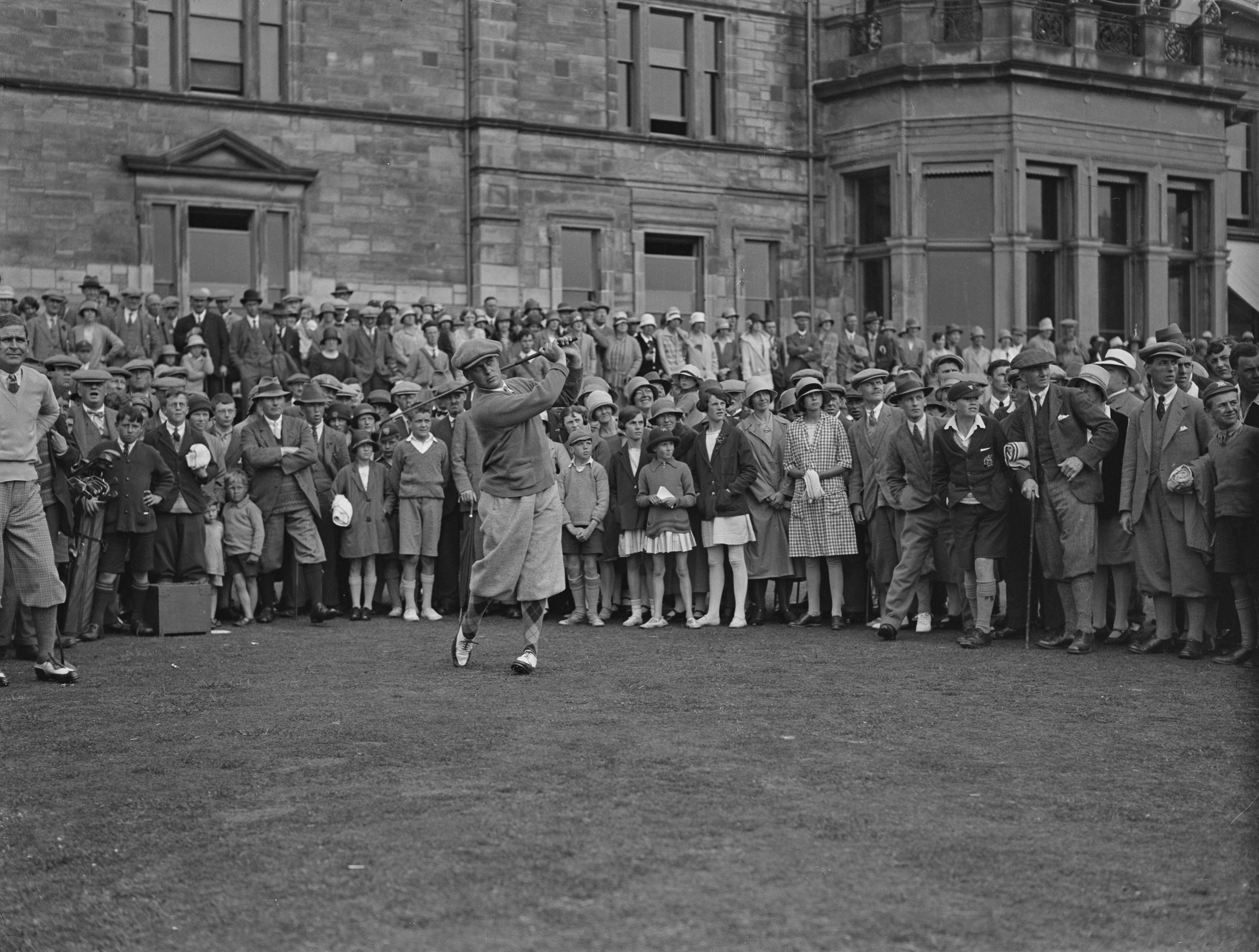
Bobby Jones at St Andrews
The greatest ever amateur golfer, Bobby Jones’ brief playing career was one of glittering brilliance. In 1930 he won the US and British Amateurs as well as the US and British Opens, a feat referred to as the “impregnable quadrilateral” or sometimes the “Grand Slam.”
It’s something that will surely never be replicated. He won the US Open four times and the Open Championship on three occasions.
St Andrews also played a part in Jones’ famous Grand Slam of 1930. The American won the British Amateur around the Old Course before going on to claim the Open Championship, the US Open Championship and the US Amateur in the same year.
It’s impossible to imagine someone today, a young amateur golfer, winning the US Open and US amateur plus Open championship and Amateur championship.
I don’t think it’s impossible that someone could win one of those Majors as an amateur, the gap between the top amateurs and the elite professionals is far smaller these days.
But, for anyone to win those four events in a single season seems hugely unlikely. Even Tiger in his prime as an amateur was winning US Amateurs for fun (three of them) but he wasn’t also winning the British Amateur and two Majors in the same season.
I think Bobby has the record for keeps.
Young Tom Morris wins Four Straight Open Championships
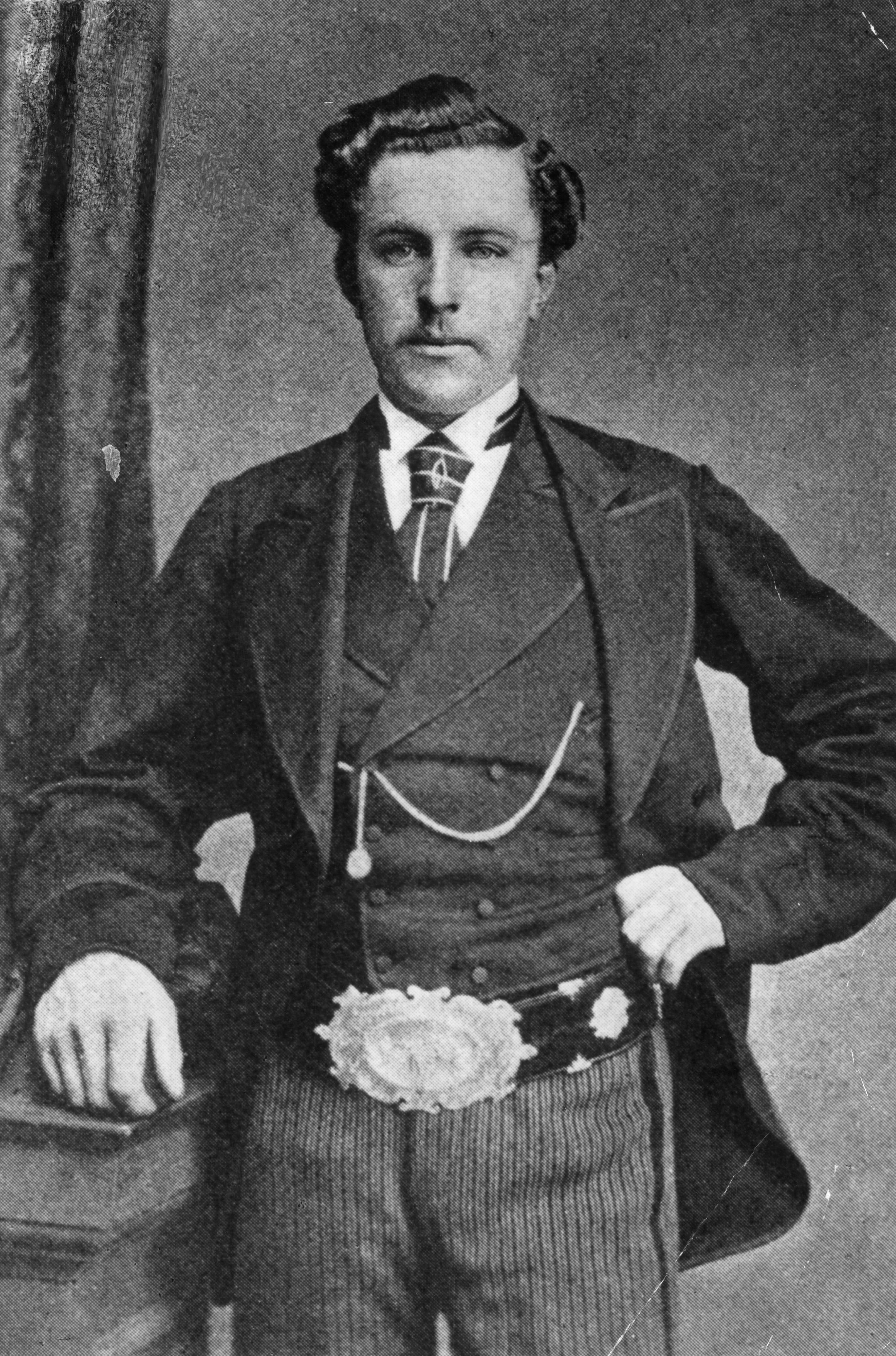
Young Tom Morris
In 1864, at the age of just 13, Young Tom won a match in Perth against a local prodigy and picked up a prize of 15 pounds. A newspaper report read, “Master Morris seems to have been both born and bred to golf.”
At Prestwick in 1868, Young Tommy lived up to his potential. He set two course records en-route to Open victory over his father. The Championship belt was his.
Young Tommy looked unstoppable, and he proved it the following year, retaining his title.
In 1870 he had the chance to become the first man to win the Championship three years straight and keep the belt in so doing. He managed it with something to spare, beating Davie Strath by 12 shots.
His first round of 47 (Prestwick was then a 12-hole course) included an incredible eagle three at the 578 yard first.
I’ve played that hole in a hickory event to mark the 150th playing of The Open – Prestwick laid out the original 12-hole track. I can tell you three on that hole is incredible.
There was no Open in 1871, but in 1872 Tommy won again and his was the first name inscribed on the new trophy – a silver Claret Jug. He remains the only man to win four straight Championships.
Jamie Anderson and Bob Ferguson (both in late 19th century) won three in a row, then Peter Thomson did it 1954-1956.
I can’t see someone winning four in a row again.
Byron Nelson's 11 straight tournament wins
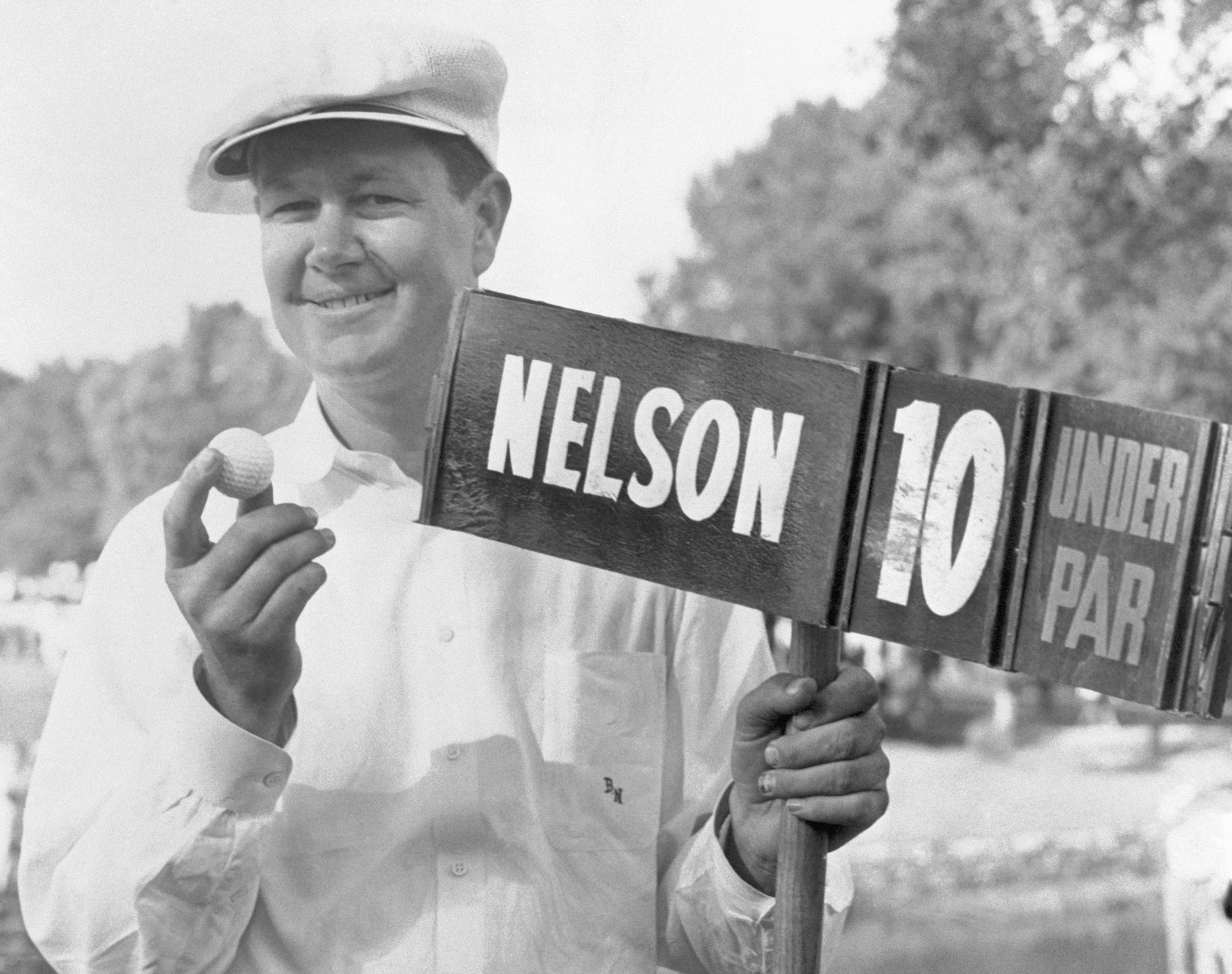
Byron Nelson
1945 witnessed one of the most incredible runs in sporting history, Byron Nelson won 11 straight tournaments.
The tide of the war had turned both in Europe and Asia and the PGA boldly announced a schedule containing 36 events.
Sam Snead had returned from service and Ben Hogan was back mid-way through the season. Many of the other top players had also returned to the circuit.
So, the belief that Nelson faced limited competition in his historic year is a false one.
Was someone who had to beat Ben Hogan and Sam Snead most times they went out anything less than a truly great player? I don’t think so.
Snead won the first event of 1945 – the LA Open but from then it was all Nelson. He won in Phoenix and then won again in the Corpus Christi Open, in New Orleans, in Miami, in Charlotte. He just kept winning.
At the time, there weren’t enough superlatives to describe his play – “Mr Golf,” “Golf’s Automaton…” said the press.
Even Byron himself could scarcely believe the level he was playing at. “My swing was so familiar to me that I rarely had to make an adjustment,” he said.
Little known to onlookers was that Byron had a good reason for pushing so hard through 1945 – He was trying to earn enough money to buy a ranch and retire from professional golf.
He was only 33 but he saw a different future for himself, away from the endless circuit and circus of pro golf. It wasn’t until well into the season that Byron’s wife Louise revealed this ambition to reporters.
Byron went on to win 11 straight tournaments in that incredible run in 1945.
In total, he won 18 events through 1945, set a remarkable scoring average of 68.33 (only bettered by Tiger Woods in 2000), he finished second a further seven times and he earned an unprecedented $63,000 in prize money.
Jack Nicklaus – Major record through the 1970s

Jack Nicklaus in 1977
Will Jack’s 18 Majors record in the men’s game ever be beaten? I’m not sure. Quite possibly not – He was also runner-up in 19 of them! He had a total of 73 top 10 finishes in Majors… I really don’t think anyone in the men’s game will ever match that.
But I think the stat that is truly incredible is his Major dominance in a single decade – the 1970s. He played in all 40 Majors through the 1970s and he finished in the top 10 in 35 of them… That included eight wins.
Can you imagine any player today recreating that? I don’t think so. Even the very best now have weeks where they’re not quite on their game and that means they don’t contend.
Jack’s longevity in the Majors was pretty incredible. His first top 10 was a runner-up finish in 1960 US Open when he was just 22. His last top 10 was in the 1998 Masters when he was 58. He was tied sixth. He finished with 68 that year and was only four shots off Mark O’Meara.
Quiz: how much do you know about Jack Nicklaus?

Fergus is Golf Monthly's resident expert on the history of the game and has written extensively on that subject. He has also worked with Golf Monthly to produce a podcast series. Called 18 Majors: The Golf History Show it offers new and in-depth perspectives on some of the most important moments in golf's long history. You can find all the details about it here.
He is a golf obsessive and 1-handicapper. Growing up in the North East of Scotland, golf runs through his veins and his passion for the sport was bolstered during his time at St Andrews university studying history. He went on to earn a post graduate diploma from the London School of Journalism. Fergus has worked for Golf Monthly since 2004 and has written two books on the game; "Great Golf Debates" together with Jezz Ellwood of Golf Monthly and the history section of "The Ultimate Golf Book" together with Neil Tappin , also of Golf Monthly.
Fergus once shanked a ball from just over Granny Clark's Wynd on the 18th of the Old Course that struck the St Andrews Golf Club and rebounded into the Valley of Sin, from where he saved par. Who says there's no golfing god?
You must confirm your public display name before commenting
Please logout and then login again, you will then be prompted to enter your display name.